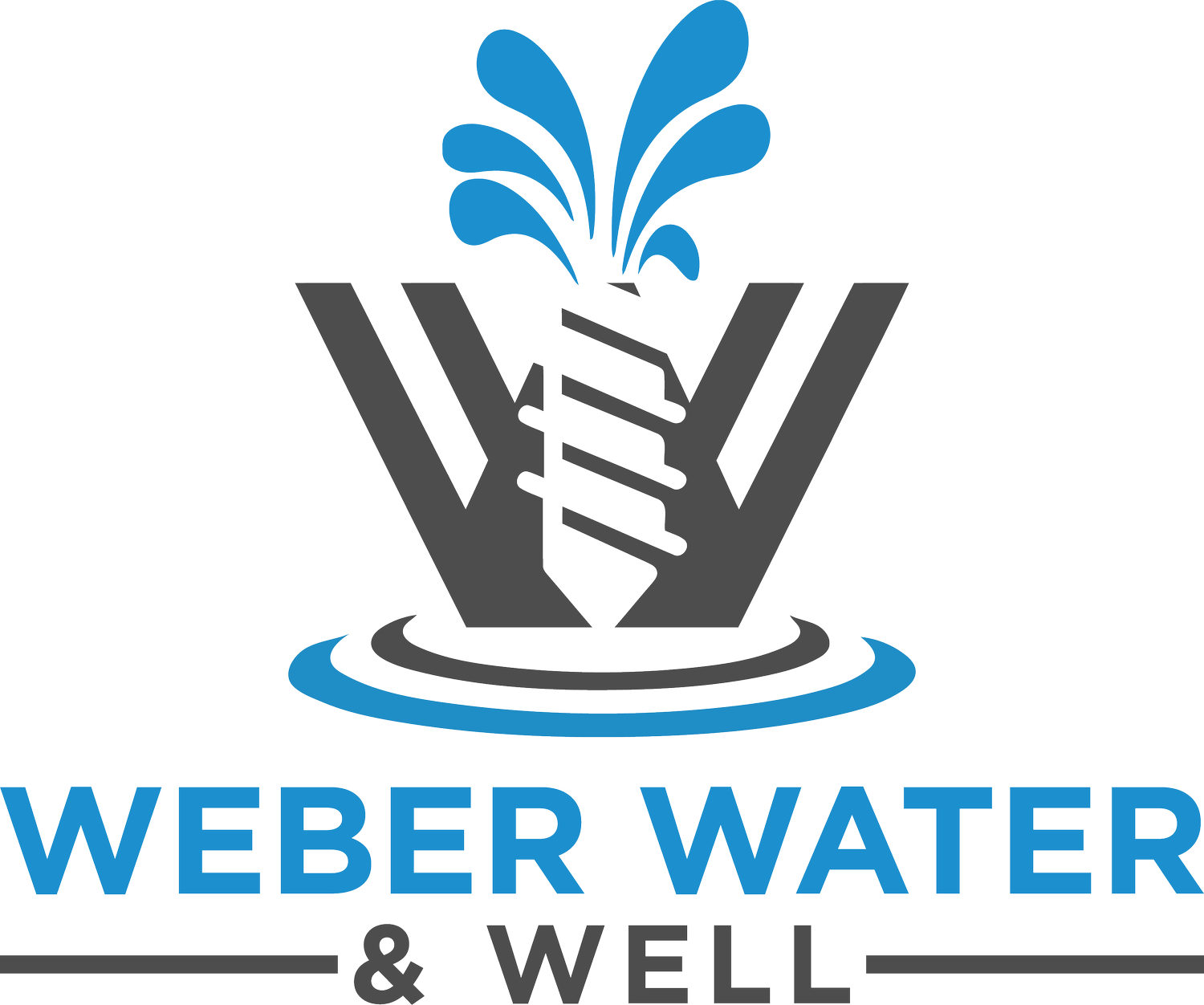How Do Water System Upgrades Ensure Better Water Quality?
Water quality is a crucial aspect of public health and environmental sustainability. Upgrading water systems can lead to significant improvements in the quality of the water we consume. In this blog, we will explore the steps involved in water system upgrades and how they contribute to cleaner, safer drinking water.
Assessing Current Water Quality
Understanding the current state of water quality is the first step in any upgrade process. Testing and analyzing water samples can highlight contaminants and areas needing improvement.
Such assessments often reveal sneaky issues like lead or microbial contamination that can pose severe risks to health. By recognizing these red flags early, communities can prioritize upgrades tailored to their specific needs.
Additionally, engaging local agencies and residents in the assessment process fosters trust and transparency. When communities are informed about their water quality, they are more likely to support the necessary changes.
With accurate data in hand, stakeholders can create a roadmap for improvements that directly target the most pressing water quality concerns. This proactive approach bridges the gap between current status and desired outcomes.
Identifying Necessary Upgrades
Once the current water quality is assessed, it is essential to identify specific upgrades needed. This might include replacing old pipes, adding filtration systems, or implementing better treatment technologies.
An upgrade menu may involve various components, including infrastructure adjustments and new policy implementations. For instance, deteriorating pipes might be a top priority, as they are often a primary source of contamination.
Moreover, it may be beneficial to invest in smart technologies that enhance efficiency and monitor water quality in real time. These advancements not only prevent contamination but also allow for quick responses to water safety issues.
Ultimately, pinpointing necessary upgrades creates a focused strategy, maximizing the effectiveness of any investments made in the water system. A well-planned approach helps ensure that each change leads to a clearer, safer drinking source.
Implementing New Technologies
Advancements in water treatment technologies play a crucial role in ensuring better water quality. Upgrading to modern, efficient systems can significantly reduce pollutants and improve overall water safety.
For instance, utilizing advanced filtration systems can trap harmful particulates that conventional methods might miss. This technology enhances the ability to deliver clean water directly to consumers.
In addition, new disinfection methods, such as ultraviolet light treatment, eliminate harmful microorganisms without the use of chemicals, making water safer for everyone. Such eco-friendly options promote broader environmental benefits.
Besides removing contaminants, technology can also provide analytics and insights. By collecting data on water quality trends, utilities can predict problems before they arise, ensuring a proactive approach to public health.
However, the integration of these technologies requires thoughtful planning and regular staff training. This can ensure that all team members are equipped to handle new systems, thereby maximizing their potential benefits.
Regular Maintenance and Monitoring
Post-upgrade, regular maintenance and continuous monitoring are vital. This step ensures that the upgraded systems perform effectively over time and that any emerging water quality issues are promptly addressed.
Establishing a routine inspection schedule helps catch potential issues early, which is much more cost-effective than waiting for problems to develop into major concerns. Consistent checks keep water systems running smoothly.
Moreover, transparency in monitoring creates trust within the community. Regular public updates about water quality foster confidence in the upgrades, letting people know their health is taken seriously.
As new challenges emerge, whether through aging infrastructure or climate change, having an adaptable maintenance plan allows communities to respond effectively. Flexibility strengthens the resilience of water systems under varying conditions.
In essence, the longevity and success of water system upgrades hinge upon the commitment to ongoing care and vigilant observation. Ensuring consistently high water quality is a mission that never truly ends.
The Importance of Water System Upgrades
By implementing effective water system upgrades, communities can ensure better water quality for everyone. These upgrades not only enhance public health but also promote environmental sustainability. It's a vital investment for a safe and clean water future.


